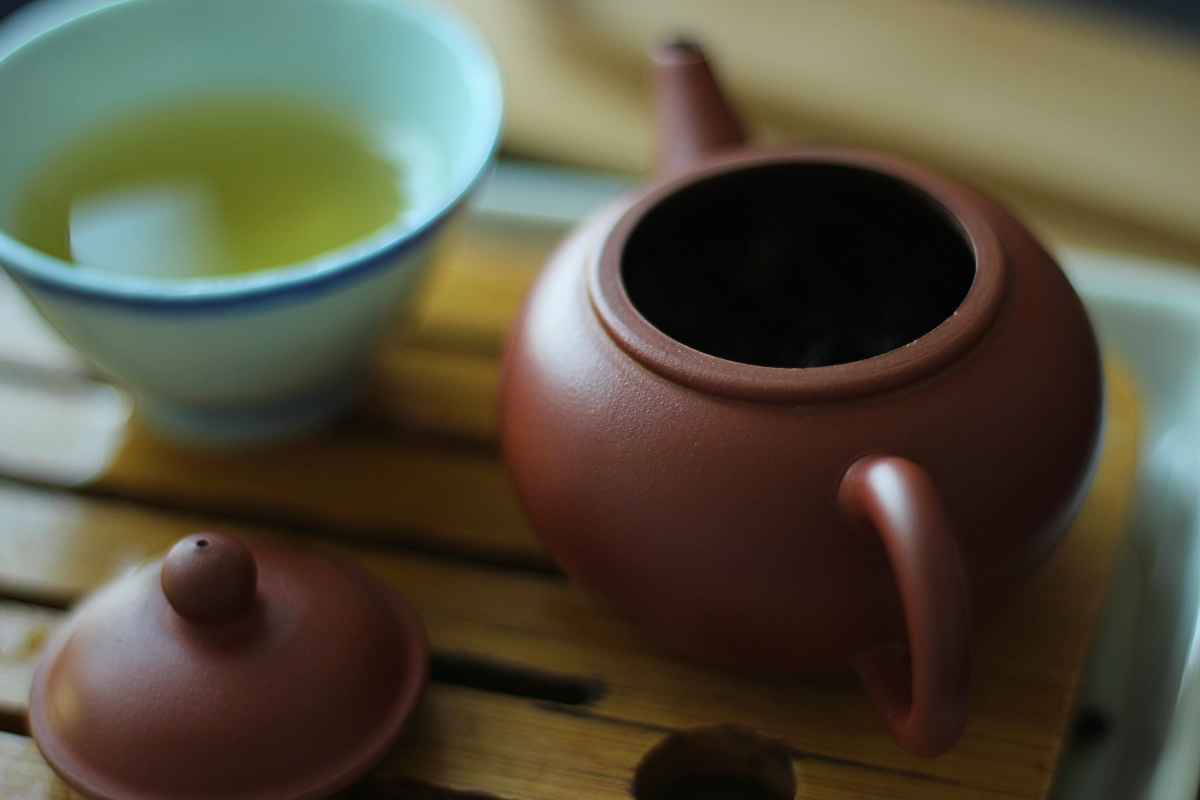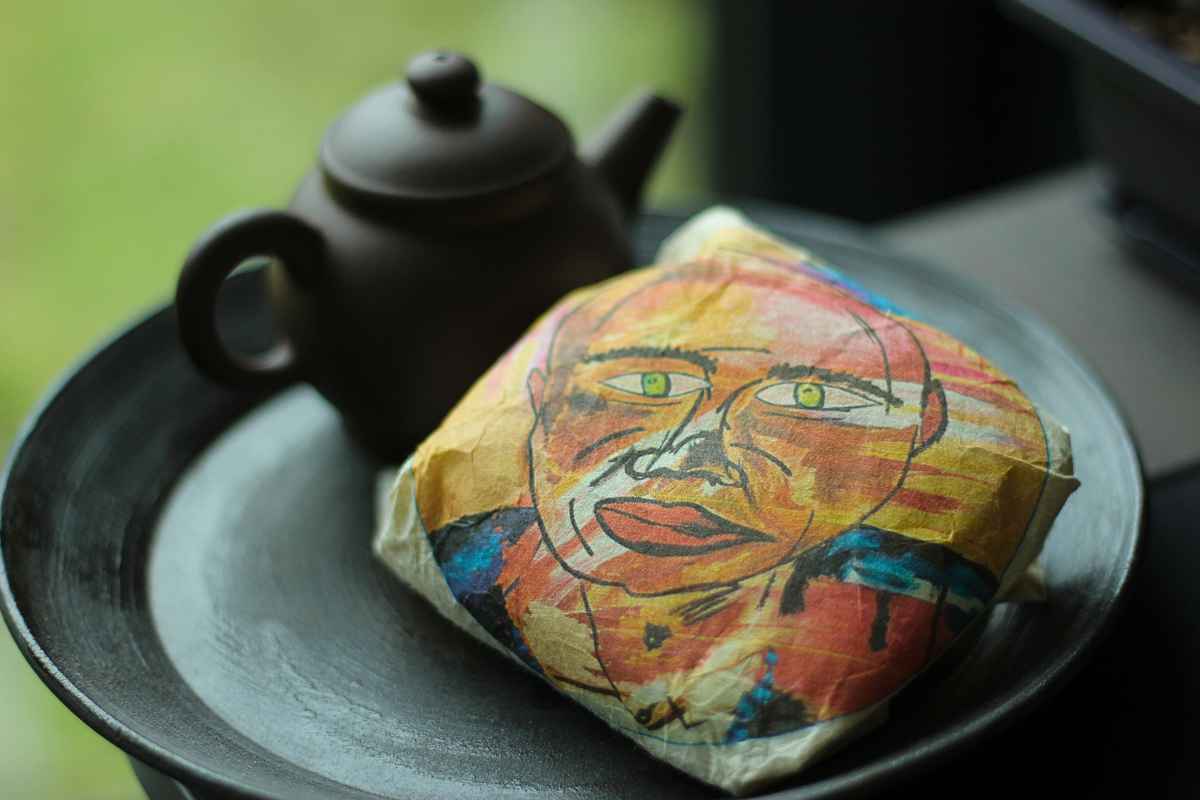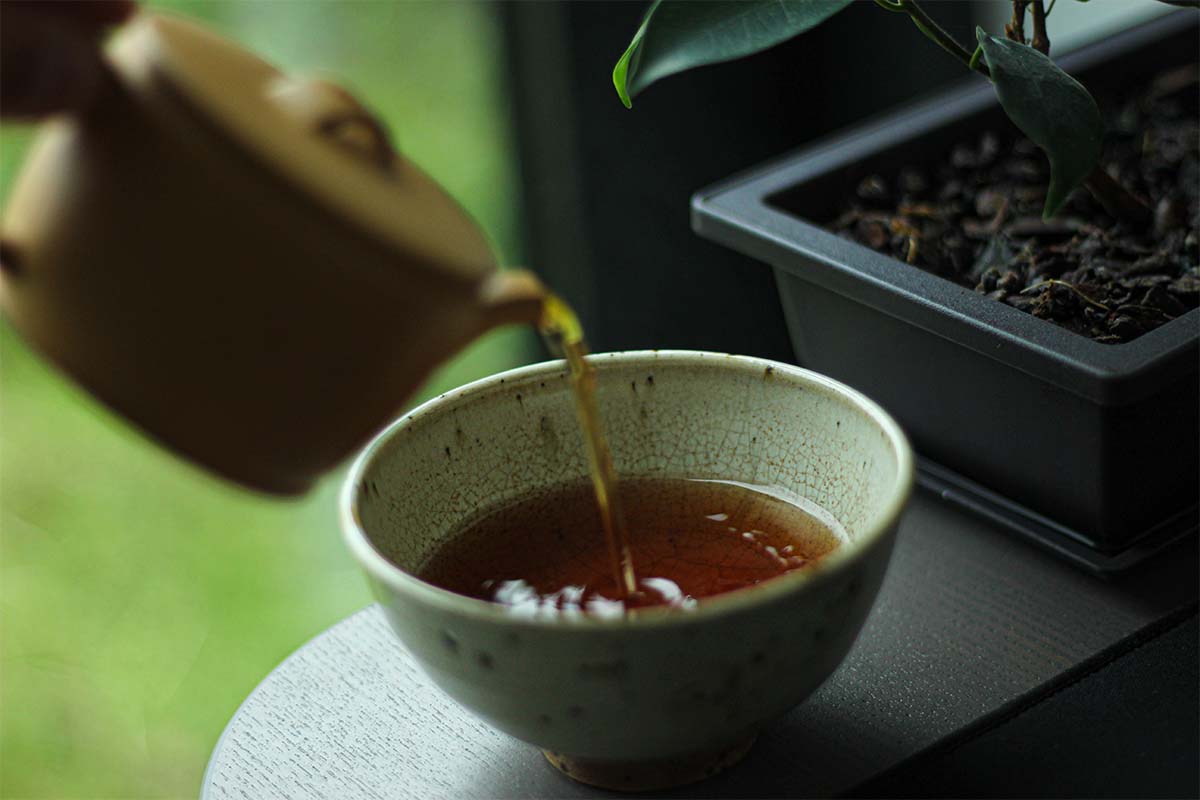Do you want to know if there is a difference between Long Jing (Dragonwell) teas that come from different areas? I did a horizontal session of two Long Jing Teas: a Long Jing West Lake tea and a Long Jing Ming Qian.
About two months ago, I ordered three miniature Ru Yao Li Xing teapots to do some horizontal tasting sessions. The mailman delivered them on Tuesday and I tested them right away! Curious Tea was kind enough to send me two Long Jing samples. One from Xi Hu and one from Xinchang in Zhejiang Province, China. I thought these two teas were the perfect excuse to use my newly acquired teaware and put it to the test.
Want to read about another tea I have tasted recently? Read about the white2tea club tea from May 2019.
Long Jing
Long Jing is one of the most famous and prestigious teas in the world and it is also referred to as Dragon Well tea in English. Authentic Long Jing tea comes from the West Lake area in Hangzhou, which is Zhejiang’s capital. Some tea purists even say that if the tea is not from this area, it’s not Long Jing. I do not share this opinion because there are some delicious Long Jings available that come from other areas in Zhejiang Province. One must, however, pay attention when buying Long Jing and not just assume that every tea that is sold as Long Jing is worth your money. It’s one of the most popular teas, which implies that a lot of fake Long Jing teas are being sold as authentic Long Jing coming from the West lake area. So pay attention that you get what you’re paying for!
West Lake vs. Ming Qian
As mentioned above, authentic Long Jing tea comes from the West Lake area. One of the samples I have tasted is from this area. This batch is pre-Qing Ming, which means that it is harvested before the Qing Ming festival. The West Lake in the name of this tea refers to the place where it was produced.
The second sample is not from the West Lake area but comes from Xinchang. It’s also a pre-Qing Ming tea so it is a higher quality tea as well. This tea is also referred to as ‘Dafo’, which means ‘Big Buddha’. This name refers to the area it is grown in as there is a Dafo temple with a massive Buddha statue there. The Ming Qian in the name is another term for pre-Qing Ming, which I find a bit confusing. Why not just name this tea after the location it comes from?
Tea Tasting
Now it is time to talk about the different flavours and aromas of these two similar, yet vastly different teas. I tasted them side by side with the same water, same temperature, the same amount of leaves and same brewing times.
- Water 80°C
- 2g of leaves for a small 50ml Ru Yao porcelain teapot
- 1 rinse
- 5 steeps
West Lake
The colour of the dry leaves is a lighter green with a yellowish hue. Not bright colours but they seem to be a bit faded. Some leaves have tiny hairs on them and one can clearly see that these are flat leaves. The leaves above are made from the Long Jing Chang Ye cultivar.
Smell
The smell of the wet leaves is a lot deeper than the other leaves. It’s sweet, a bit more creamy and I’m also getting some herbaceous notes.
Ming Qian
These leaves are longer than the other ones and are also flat. There is more diversity in the colours of these leaves. More green and yellowish tints. It seems that these leaves are more ‘alive’ than the other ones. They are made from the Long Jing #43 cultivar.
Smell
These leaves are also sweet but there is a strong nuttiness in these leaves as well. I’m also getting some zesty notes and a toastiness in the finish.
Steeping
1st steep (15 sec): the liquor has a very light yellow colour. No nuttiness but more verdant notes and a bit herbaceous.
1st steep (15 sec): I’m getting a strong nuttiness when I smell the liquor. It’s a bit darker yellow with a green hue. Flavours are nutty, verdant and a slight toastiness.
2nd steep (20 sec): this steep is not as verdant but a bit sweeter and also a bit nutty.
2nd steep (20 sec): intense verdant notes with a nutty undertone.
3rd steep (25 sec): this steep is all about herbaceous notes. No sweetness or nuttiness. Only very subtle nuts in the aftertaste.
3rd steep (25 sec): the liquor is still a bit darker. Not too intense verdant notes followed by a pleasant nuttiness. Also a zesty finish.
4th steep (30 sec): very light difference in colour between the two teas. No nuttiness anymore but there is a light sweetness now.
4th steep (30 sec): it’s mainly nuttiness now with some very subtle verdant notes. The finish is zesty again.
5th steep (1m30 sec): some light sweetness and creaminess in combination with a verdant aftertaste. Chalky mouthfeel after swallowing.
5th steep (1m30 sec): this steep is all about nuttiness. Pleasant to drink.
Conclusion
In general, I liked the Ming Qian a tiny bit more. It has won a Great taste Award in 2018 and I can see and taste why. The West Lake Long Jing was decent but I like the nuttiness more in the other one. The West Lake Long Jing was a bit more vegetal and herbaceous. It also had a subtle nuttiness, but not enough in my opinion. If I’m choosing a Long Jing, I always look for nutty flavours. The Ming Qian was also a bit verdant but the nutty flavours were the dominant ones. This is why I prefer the Ming Qian over the West Lake tea. Who would’ve thought that I would enjoy and prefer a Long Jing that is technically speaking not a Long Jing? I will do another session with only the Ming Qian Long Jing to really get all the details and flavours right but for now, I just wanted to taste the difference.
Want to buy one of these teas? Interested in the more verdant and herbaceous one? Click here! Or, like me, you prefer the nuttiness in the Ming Qian? Click here!




